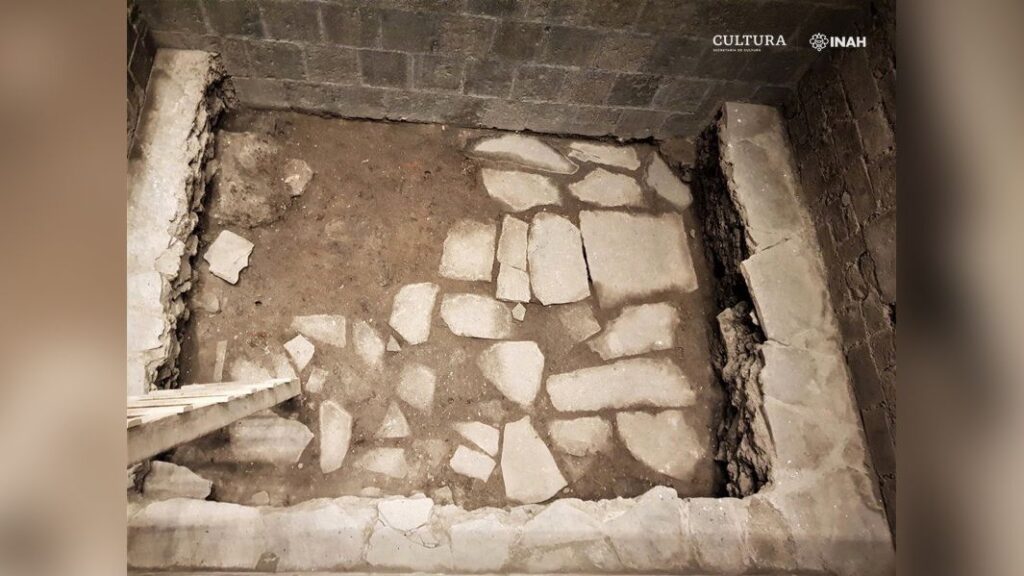Long lost palace and death site of Moctezuma II discovered in Mexico
The remains of an Aztec palace where emperor Moctezuma II was held captive by the Spanish and killed in 1520 has been discovered in Mexico City.

Historical records say that the Spanish conquistador Hernan Cortes took Moctezuma II (also known as Moctezuma Xocoyotzin, sometimes also spelled Montezuma) hostage and held him in the palace in an attempt to force the emperor to control the Aztec population.
The people quickly rebelled and laid siege to the Spaniards in the palace. The Spanish tried to quell the rebellion by having Moctezuma II address the rebels from a palace balcony, but the rebels refused to stop their siege and the emperor was killed in the crossfire.
The Spanish conquistadors eventually destroyed the rebel forces along with the Aztec city of Tenochtitlan (where modern-day Mexico City is located).
The surviving Aztec people were forced to build a new city over the ruins of Tenochtitlan.
A house for Cortes, which was also discovered by archaeologists during the excavation, was built over the remains of the palace.


Reusing sculptures
They found the palace remains — which include basalt slab floors that may have been part of a plaza — beneath an 18th-century pawn shop. The archaeologists also found that sculptures from the palace were reused like blocks to build Hernan Cortes’ house.
One sculpture depicts “a feathered serpent” that appears to show Quetzalcóatl, a god that had been widely worshipped across Mesoamerica for millennia prior to the Spanish conquest, archaeologists from Mexico’s National Institute of Anthropology and History said in a statement.
Another sculpture that depicts “a headdress of feathers” also appears to be from the palace and was also reused to build Cortes house, the archaeologists found.
The discovery of the palace and Cortes’ house “revives the memory of those historical events, five centuries later” the archaeologists said in the statement.
They made the discoveries during excavation work conducted beneath the National Monte de Piedad, a pawnshop founded in 1775 that aimed to make it easier for the poor to borrow money.
The excavation work was carried out prior to renovation work being done on the building. Today, the Nacional Monte de Piedad is a nonprofit foundation that performs a wide range of charitable work throughout Mexico.





